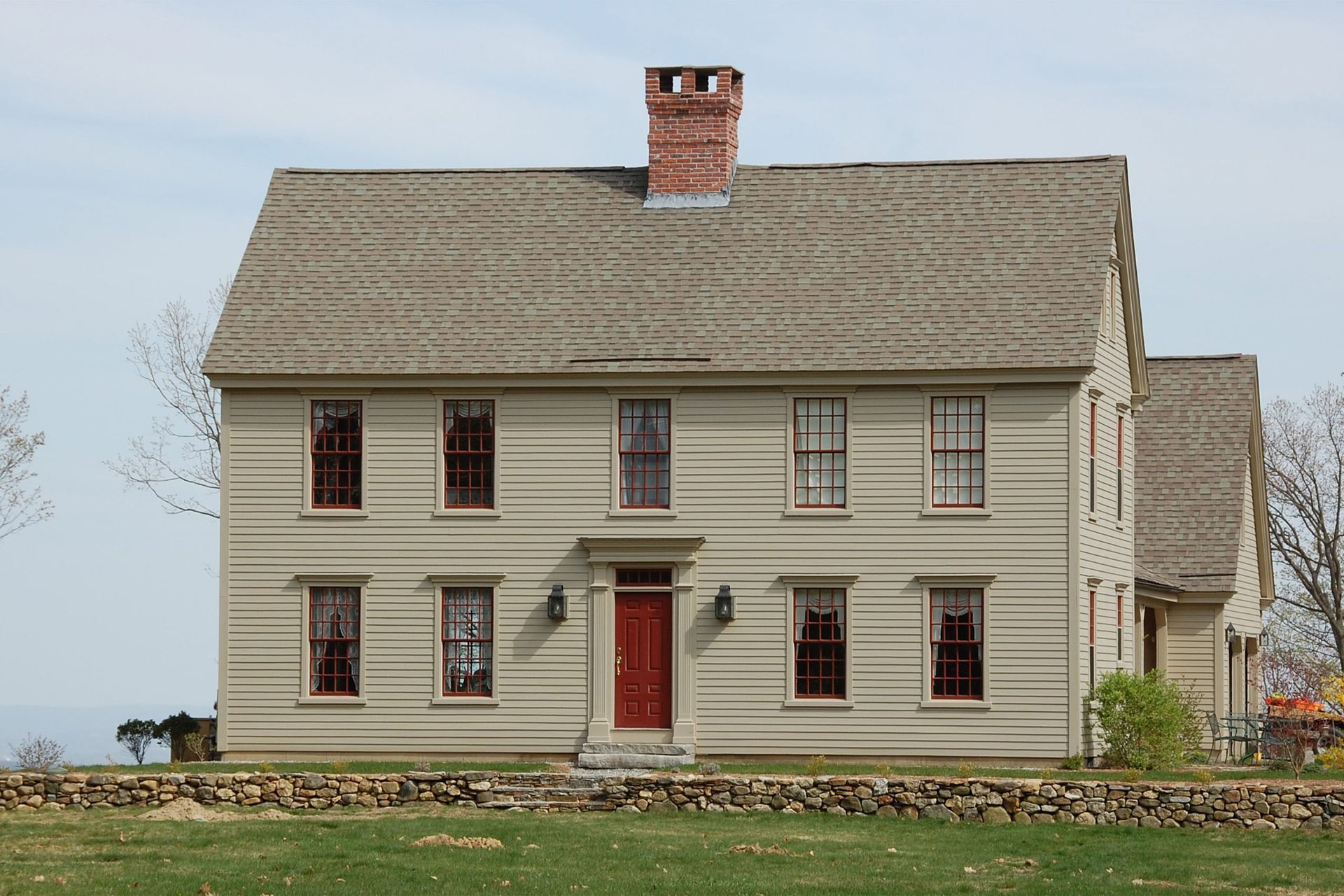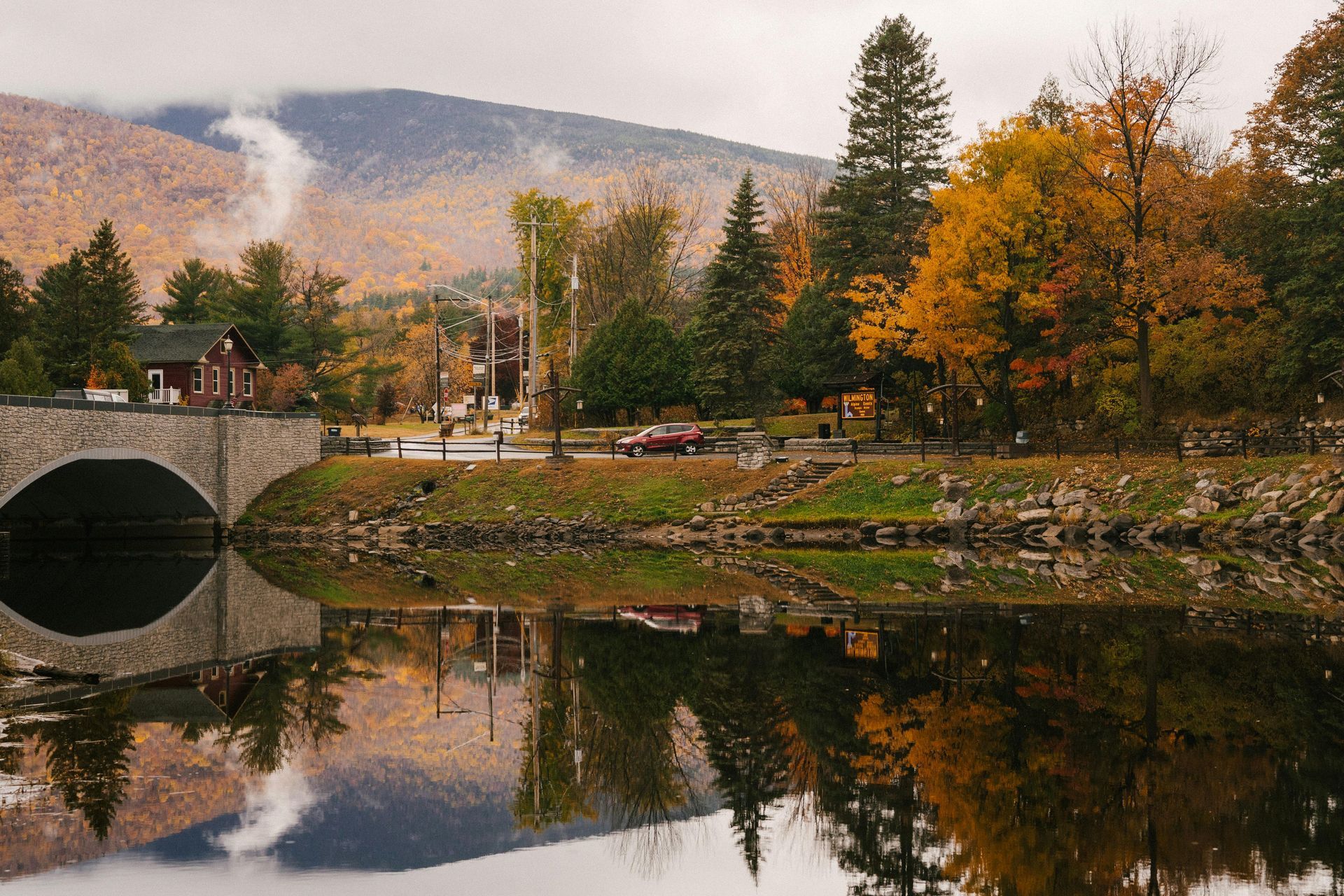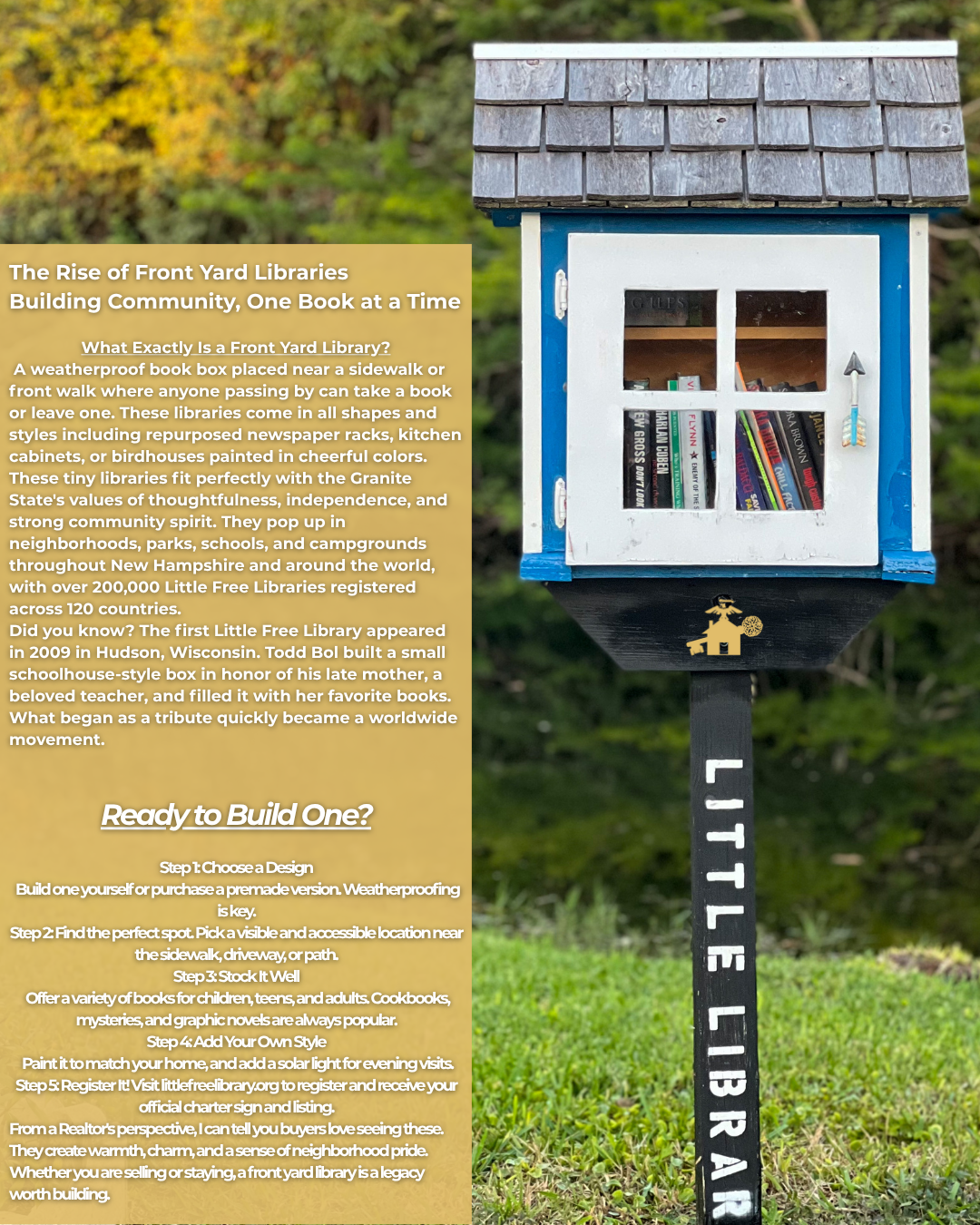Don't miss these!
The 10 Hidden Antique Home Features Most Buyers Overlook
By Camille Craffey | Antique Home Specialist, NH REALTOR® & Marine Veteran
Antique homes tell stories-if you know how to listen. As a New Hampshire REALTOR® with a passion for historic properties, I’ve toured, listed, and sold some of the most beautiful homes in New England. But even savvy buyers often miss the subtle, valuable features that set these properties apart.
Here are 10 antique features you should always look for-because charm is in the details.
🔍 The 10 Hidden Antique Features
1. Original Wide-Plank Floors
Hand-cut, 10”–16” pine or chestnut floorboards = irreplaceable craftsmanship. Check for handmade nails and natural bowing.
2. Wavy Glass Windows
These tell you the panes are likely 19th-century or earlier. Made by blowing and spinning glass-these add distortion, sparkle, and authenticity.
3. Gunstock Corner Posts
Thick posts where walls meet at an angle-used in timber framing before 1830. A hallmark of early colonial construction.
4. Beehive Ovens & Fireplace Bake Chambers
Often bricked over and forgotten, these built-in ovens are tucked into large hearths. Look for arches or small iron doors beside the main firebox.
5. Summer Beams
Massive overhead support beams that span long rooms. Look up-they’re typically hand-hewn with adze marks still visible.
6. Original Nail Hardware & Rosehead Nails
Don’t dismiss “rusty” nails-roseheads are hand-forged and square-shanked, often used before machine nails became standard in the mid-1800s.
7. Indian Shutters (aka Pocket Shutters)
These solid wood panels disappear into the walls beside windows. A pre-electricity solution for insulation and security.
8. Winder Staircases
A tight spiral or pie-shaped stair near the kitchen or rear entry? These tucked-away stairs were used by servants and are often original to the home.
9. Soapstone or Marble Sink Basins
Sometimes hidden in back kitchens or basements, these sinks are heavy, elegant, and perfectly patinated.
10. Bargeboard Trim & Scroll Cutwork
Found under eaves or gables-these hand-carved decorations add Gothic flair. True antique examples are cut with jigsaws from the 1800s.
🧭 Why These Details Matter
Buyers who understand antique architecture can uncover hidden value, avoid costly renovation mistakes, and preserve history. If you love old homes, knowing what to look for is just the beginning.
Let me help you discover the story behind your next address.
📬
Want more antique home tips, listings, and restoration resources?
👉 Visit
www.camillecraffeyrealty.com
📞 Or schedule a historic property consult at 603-682-6278



